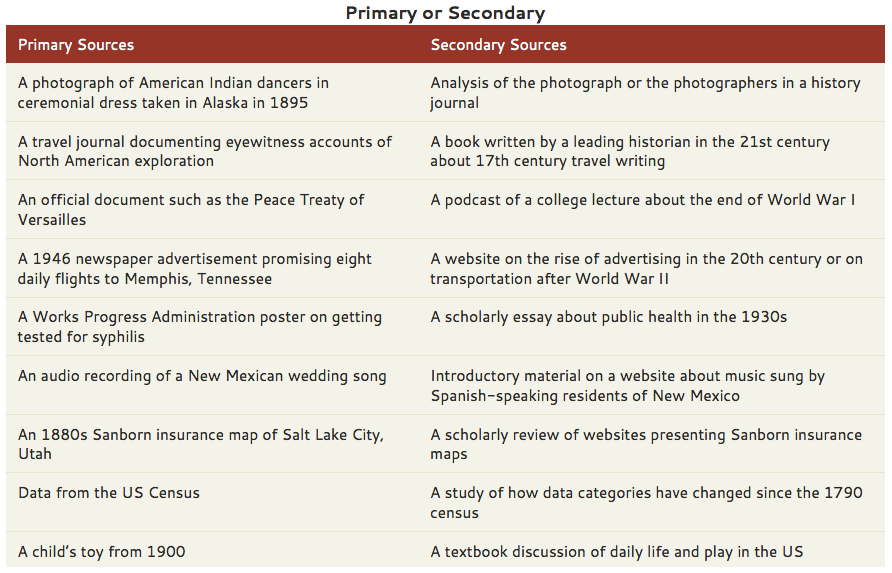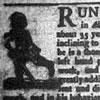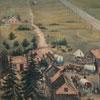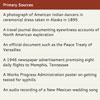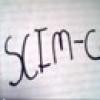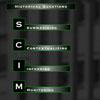Secondary sources are writings by historians and others who generally use primary sources to interpret the past. They provide analysis, interpretation, and summary, placing questions and evidence in a historical context and explaining their significance. Secondary sources invariably reflect the author’s point of view as she or he shapes historical material, including primary and relevant secondary sources, into an interpretation of the past.
This chart lists some examples of primary and secondary sources and shows how historians use primary sources to develop interpretations of the past. Notice, for example, that a scholarly essay about public health in the 1930s is a secondary source, but the author of that essay might have used primary sources such as a Works Progress Administration poster on getting tested for syphilis in her or his research.


